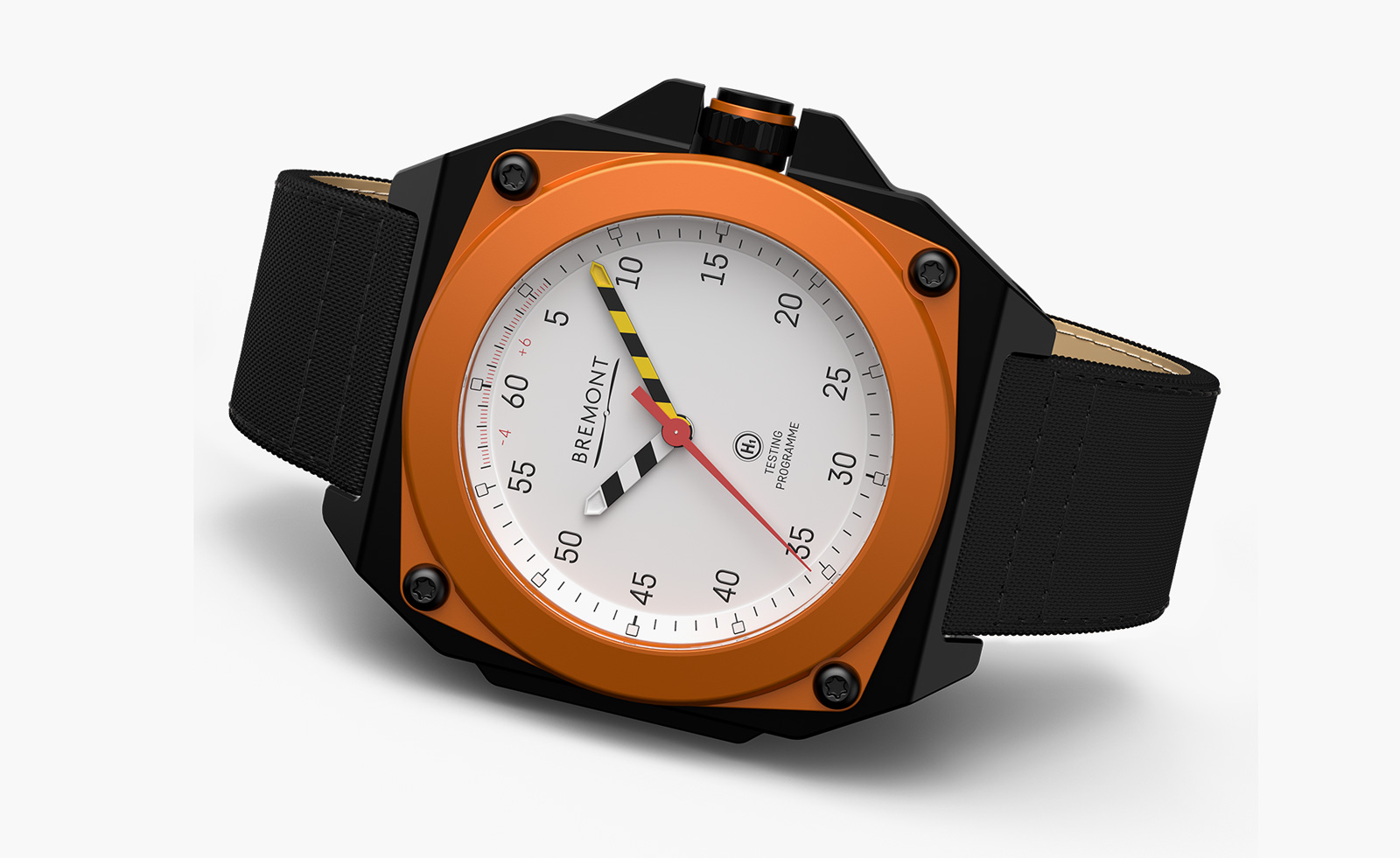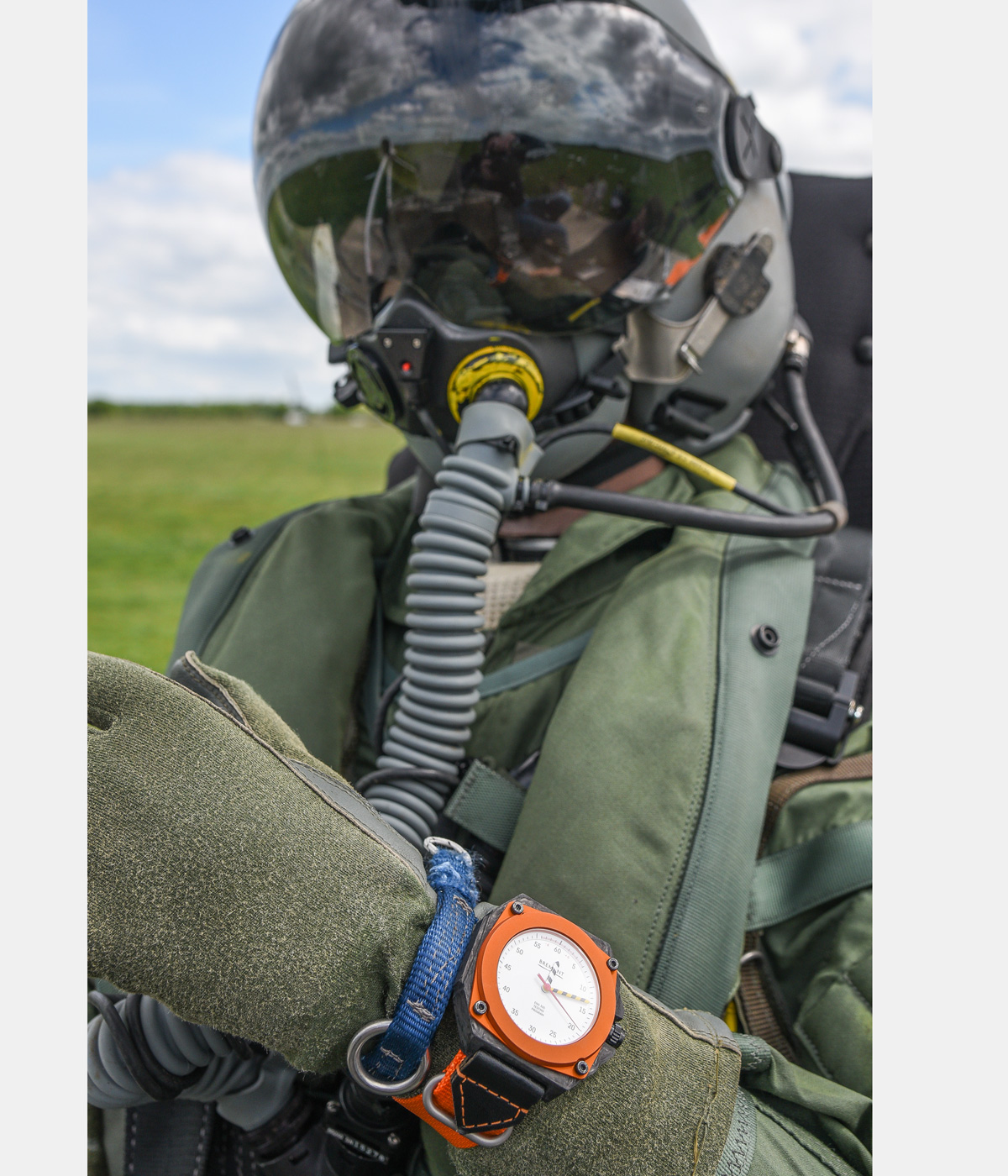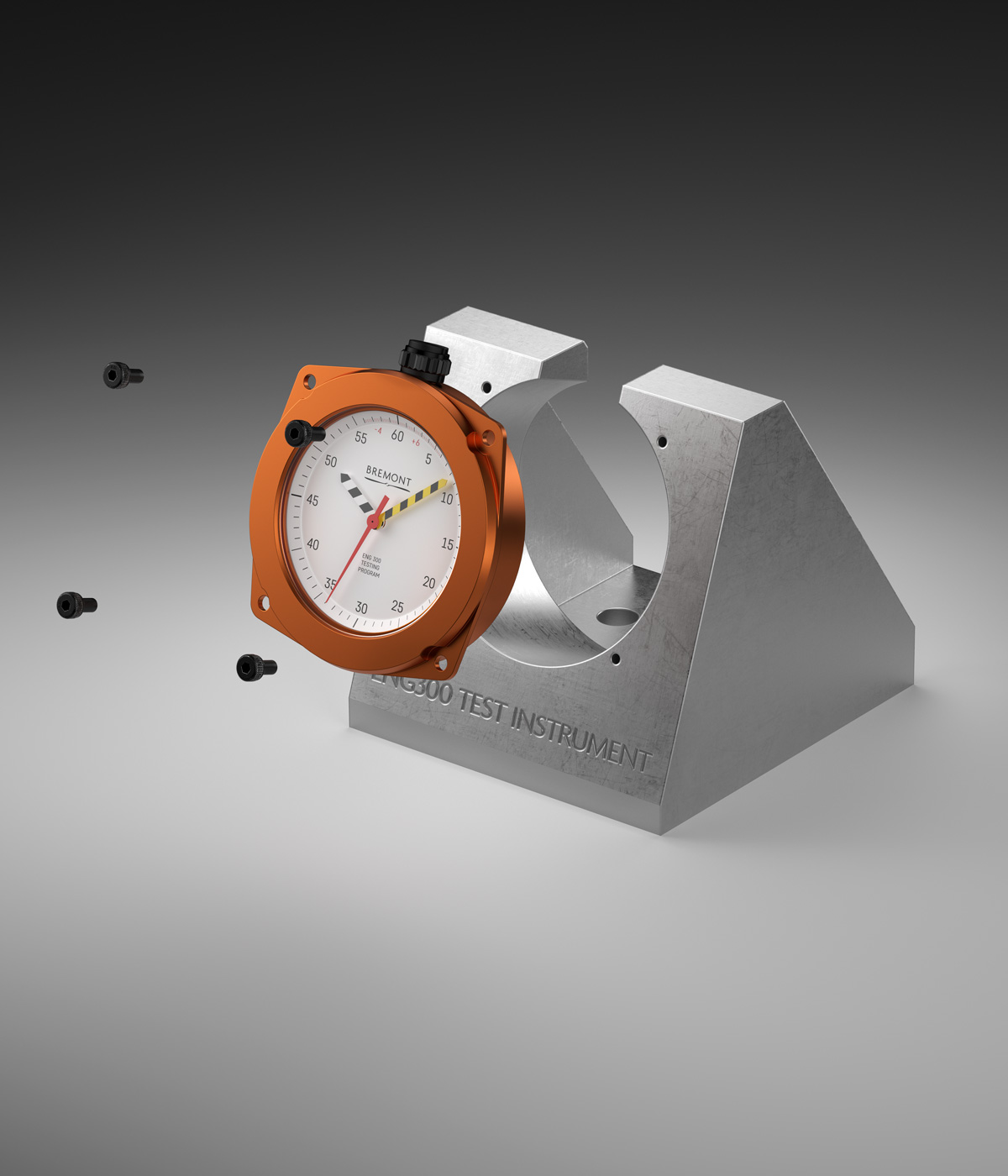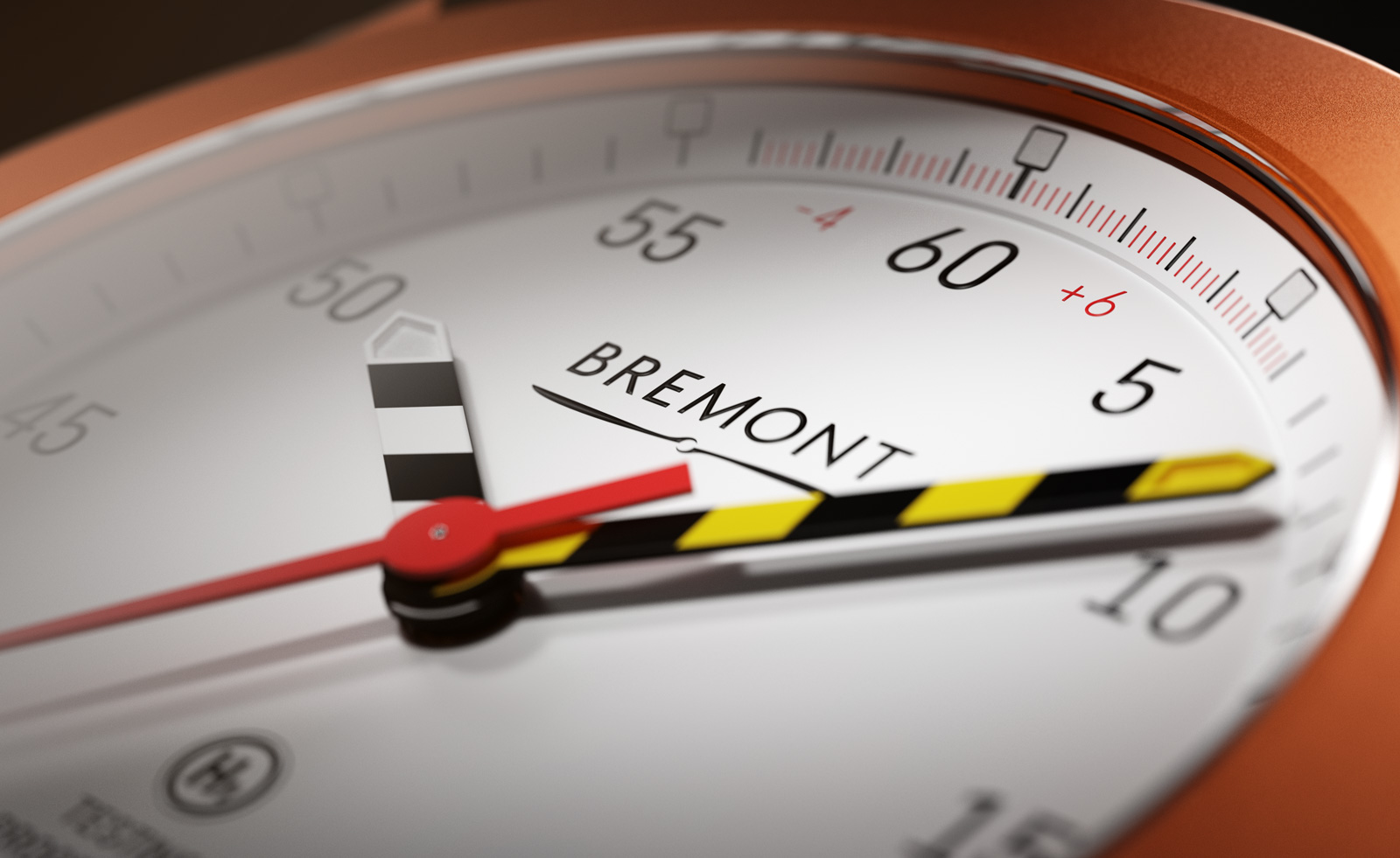
Bremont has taken its watch-testing to the extreme, creating a new concept test instrument that can withstand the most extreme testing environment, comparable to fighter-jet ejection-seat technology.
Bremont worked with British aviation company Martin-Baker on developing and testing a watch movement, with the subsequent test instrument becoming a watch produced in a limited edition of 300.

‘Giles [English] and I have been truly passionate about the level and detail of engineering that has gone into a Martin-Baker ejection seat ever since we started flying with our father and then the RAF,’ says Bremont co-founder Nick English on what originally inspired the concept.
‘It is British engineering at its best. For a brand that is known for its purposeful, over-engineered timepieces, it was hard not to be inspired by their level of testing and resilience. The testing in particular, especially environmental, has played a significant role in the development of the MB Viper. Functionally, the case materials (titanium and aluminium) are the predominant metals from which the seat is manufactured, and aesthetically the coated blacks and oranges combine to form an integral part of the seat design itself.’

The watch was rigorously put through its paces by Martin-Baker, which turned to its fighter ejection seats to subject it to extreme temperature endurance, high-altitude testing and live ejection testing. ‘The movement is tested over a period of 15 days at different attitudes (dial up, dial down, and so on), and over different temperature ranges, whilst ensuring the timing of the mechanical watch is always with Chronometer standards – so within +6 or -4 seconds over a 24-hour period,’ English explains.
‘Following this, the assembled watch was then put through its paces in the environmental arena; it formed part of the live ejection testing programme, where it was mounted onto the wrist of ejection mannequins and fired out at 15G from a test fighter cockpit. It then went through a multitude of other tests, such as the equivalent of years of cockpit vibration and shock testing, salt-fog and other climatic tests including extremes of temperature (-46 degrees C to +49 degrees C) and also altitude.’

The practicality of the Bremont MB Viper is reflected in its design, with internal shock-absorption technology encased in aviation-grade titanium. ‘It’s a bit of a statement piece. With its design origins firmly in the testing arena, the colours were taken from that environment. The watch had to be found if it ever came detached during testing (hence the orange), and the test dial and hands formed an important part of the original chronometer testing programme whilst under duress, and the need for quick readability.’







